Minutes of June 2 RBA board meeting noted that while Australian economy was experiencing the “biggest economic contraction since the 1930s”, the downturn would be “shallower than earlier expected”. Though, outlook remained “highly uncertain” and the pandemic was “likely to have long-lasting effects” on the economy.
The policy package was “working broadly as expected”. The “substantial, coordinated and unprecedented easing of fiscal and monetary policy” was also helping the economy through this difficult period. Both fiscal and monetary support “would be required for some time”. This accommodative approach would be “maintained as long as required”.
The policy package included keeping cash rate at 0.25%, 3 year AGB yield target at 0.25%, Term Funding Facility to support credits and 10bps interest rate on Exchange Settlement balances.




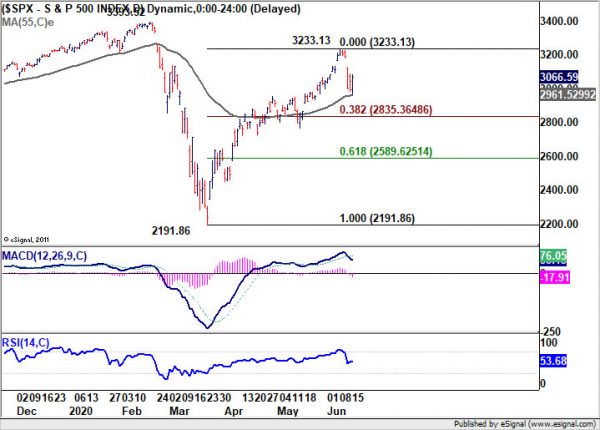
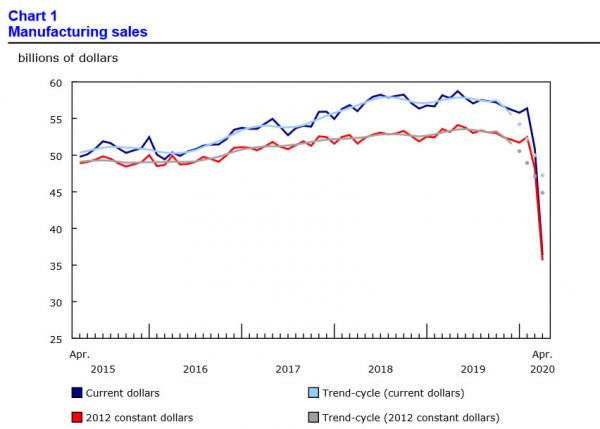
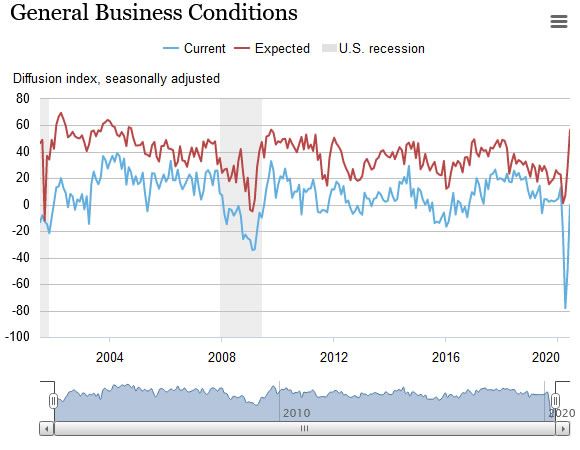
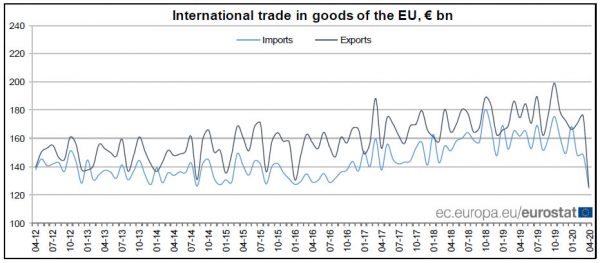
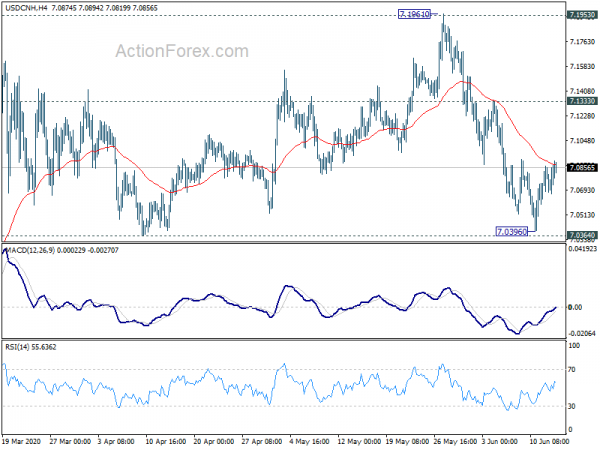
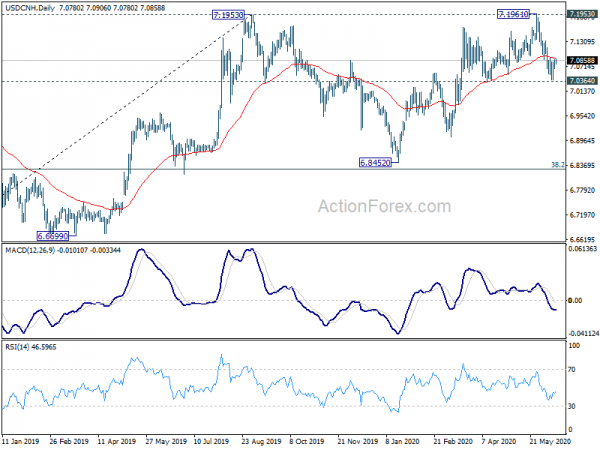
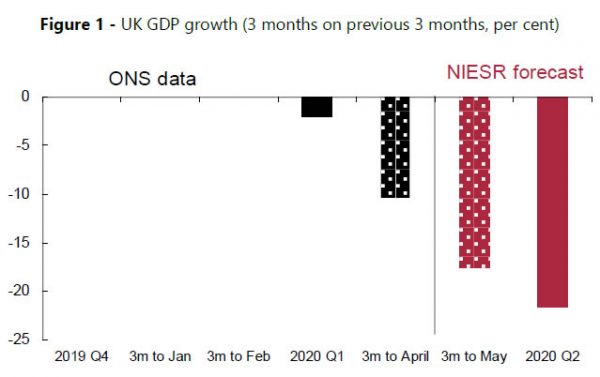
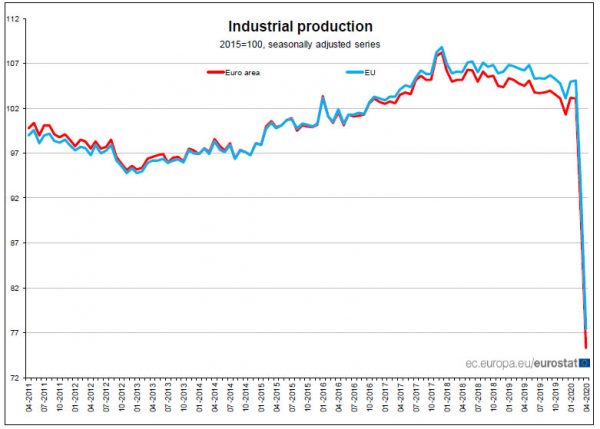
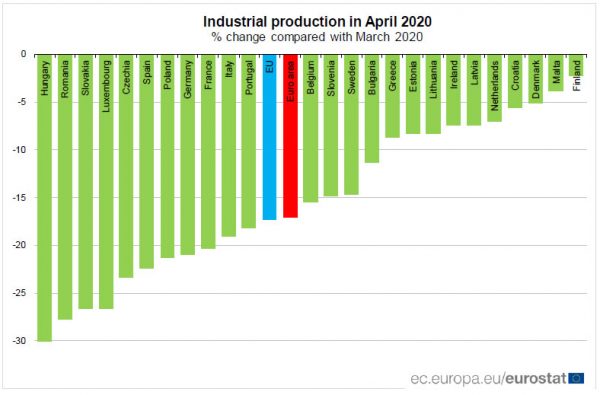
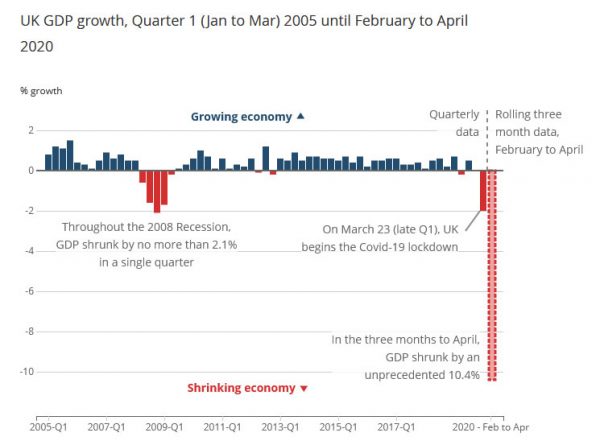
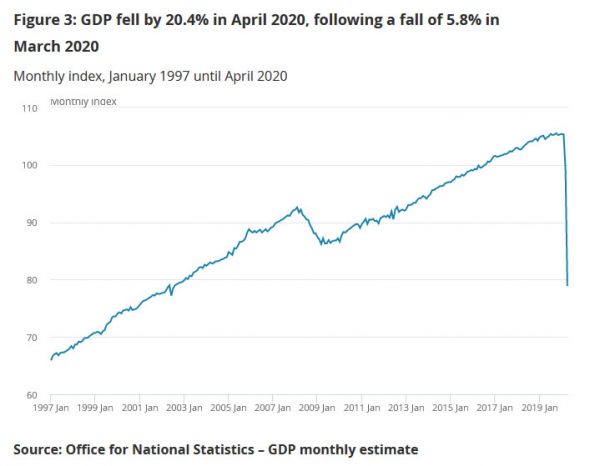
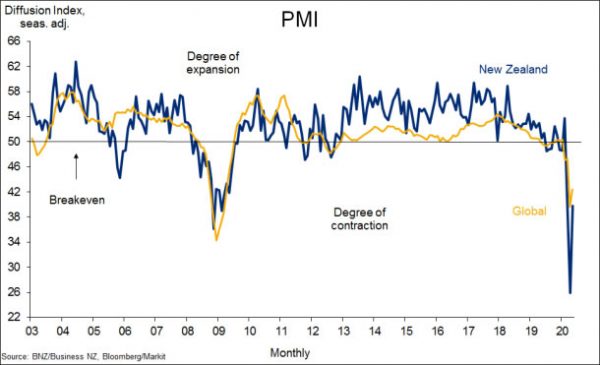
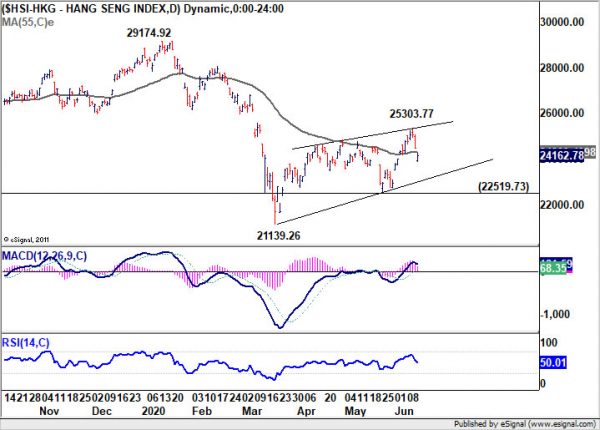
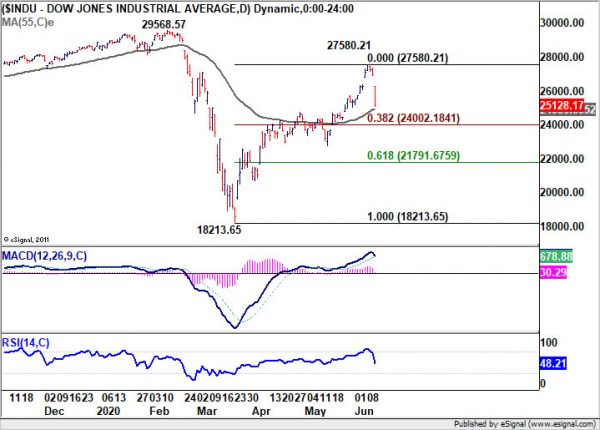
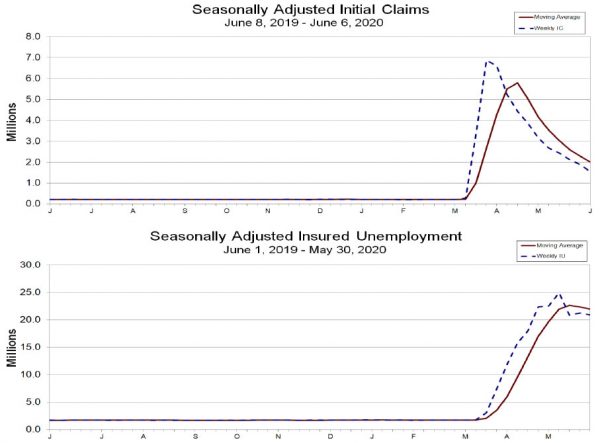
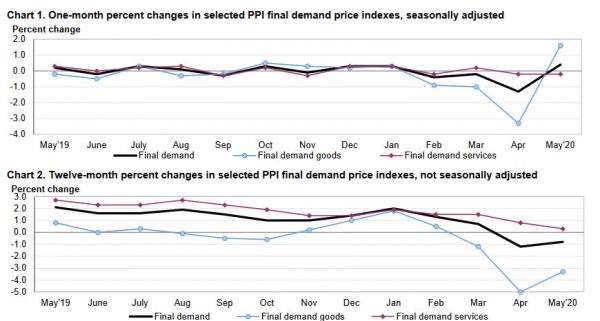

BoJ stands pat, economy to remain severe, CPI to stay negative
BoJ kept monetary policy unchanged today as widely expected. Under yield curve control, short term policy rate is kept at -0.1%. BOJ will also continue to purchase a “necessary amount”, “without setting an upper limit”, to to keep 10-year JGB yields at around 0%. The decision was made by 8-1 vote, With Goushi Kataoka dissented, pushing to ease further by lowering short- and long-term interest rates.
On outlook, BOJ said the economy is “likely to remain in a severe situation for the time being”. CPI is likely to be “negative for the time being”, affected by the coronavirus pandemic and decline in oil prices. But it’s expected to “turn positive and then increase gradually” as the economy improves.
On risks to outlook, BoJ said “there have been extremely high uncertainties over the consequences of COVID-19 and the magnitude of their impact on domestic and overseas economies”. Also, “it is necessary to pay close attention to whether, while the impact of COVID-19 remains, firms’ and households’ medium- to long-term growth expectations will not decline substantially and the smooth functioning of financial intermediation will be ensured with financial system stability being maintained.”
Full statement here.